Preview |
PDF (Original Article)
- Requires a PDF viewer such as GSview, Xpdf or Adobe Acrobat Reader
2MB |
| Item Type: | Article |
|---|---|
| Title: | A multicenter study on the comparability of myocardial strain values acquired with different CMR scanners and analyzed with different post-processing software: insights into the "Traveling Volunteers" study |
| Creators Name: | Goetze, Collin, Chen, Wensu, Doeblin, Patrick, Demir, Aylin, Wiesemann, Stephanie, Hansmann, Jochen, Falk, Volkmar, Schulz-Menger, Jeanette, Erley, Jennifer and Kelle, Sebastian |
| Abstract: | PURPOSE: Strain quantifies myocardial deformation. Despite its high diagnostic value, strain analyses using cardiovascular magnetic resonance (CMR) feature tracking (FT) have not been fully implemented into clinical routine due to lack of information on reproducibility. The purpose of this study was to assess the comparability of cardiovascular magnetic resonance CMR FT strain and ejection fraction (EF) measurements, obtained from different MR scanners and analyzed using different software platforms. METHODS: CMR examinations were performed in 15 healthy volunteers using three different scanners (German Heart Center of the Charité, Charité Campus Berlin Buch, and Theresien-Hospital Mannheim). FT was performed using Medis Suite and Circle CVI. Inter-software/scanner agreement was determined using Bland-Altman plots, Wilcoxon test, and paired Student's t test. Intra-/inter-observer reproducibility was evaluated using intraclass correlation coefficients. RESULTS: Left ventricular (LV) global longitudinal (GLS) and circumferential (GCS) strain did not differ between the three centers (small bias of - 1.27 to 1.32% for GLS and 0.91 to 0.69% for GCS). Inter-scanner agreement was lower regarding LV global radial strain (GRS) (bias of - 2.29 to 4.53%) and good for LV EF (bias of - 0.59 to 0.94%). Inter-software agreement was low for GLS (bias of - 5.72 to - 4.59%), GCS (- 1.13 to - 1.55%), and GRS (18.34 to 19.83%), with higher GLS/GCS and lower GRS values in CVI than Medis. LV EF showed better inter-software agreement (biases of - 0.07 to 0.06%). Intra- and inter-observer reproducibility was good for strain measurements across all scanners (bias of - 0.01 to 2.05 and 0.22 to 1.92, respectively) and software packages (ICC 0.70 to 0.90 and 0.51 to 0.89, respectively). CONCLUSION: Inter-scanner reproducibility for CMR FT measurements was high for GLS and GCS, suggesting potential use in routine CMR examinations. However, strain values between the two software vendors (CVI and Medis) were significantly different, indicating the need for standardization and implementation of software-specific cutoff values. |
| Keywords: | Strain, Feature Tracking, Cardiovascular Magnetic Resonance, Multicenter |
| Source: | International Journal of Computer Assisted Radiology and Surgery |
| ISSN: | 1861-6410 |
| Publisher: | Springer |
| Date: | 30 August 2025 |
| Official Publication: | https://doi.org/10.1007/s11548-025-03499-7 |
| PubMed: | View item in PubMed |
Repository Staff Only: item control page

 Tools
Tools Tools
Tools

